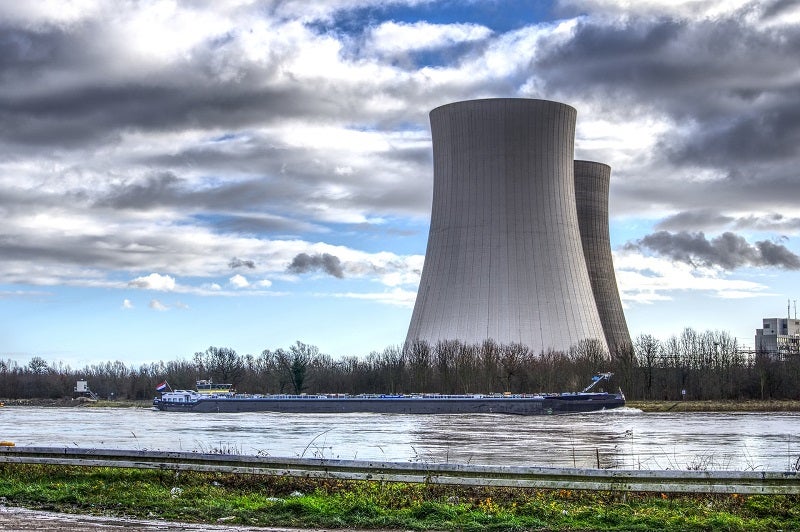EOL Renascenca II is a 30MW onshore wind power project. It is located in Rio Grande do Norte, Brazil. According to GlobalData, who tracks and profiles over 170,000 power plants worldwide, the project is currently active. It has been developed in a single phase. Post completion of construction, the project got commissioned in September 2013. Buy the profile here.
Description
The project was developed by Energisa and is currently owned by Brookfield Renewable Partners.
The project generates 130,000MWh of electricity.
Development status
The project is currently active. The project got commissioned in September 2013.
Contractors involved
Vestas Wind Systems was selected to render engineering procurement construction services for the wind power project.
Vestas Wind Systems was selected as the turbine supplier for the wind power project. The company provided 15 units of V100-2.0 MW turbines, each with 2MW nameplate capacity.
Vestas Wind Systems is the O&M contractor for the wind power project for a period of 5 years.
See Also:
For more details on EOL Renascenca II, buy the profile here.
About Energisa
Energisa SA (Energisa) is an electric utility. The company transmits and distributes electricity. The company procures electricity from Itaipu, federal generator auctions, and concession operators. Energisa also has interests in wind, solar and other generation plants. It also carries out energy trading, energy generation studies, and other activities related to the electric sector; and provides various services related to the construction, operation, and maintenance of electric assets. The company serves residential, industrial, commercial, rural, and other customers across the country. The company has an established market position in Brazil and is the fifth-largest energy distribution company in the country. Energisa is headquartered in Cataguases, Minas Gerais, Brazil.
Premium Insights
From

The gold standard of business intelligence.
Blending expert knowledge with cutting-edge technology, GlobalData’s unrivalled proprietary data will enable you to decode what’s happening in your market. You can make better informed decisions and gain a future-proof advantage over your competitors.




